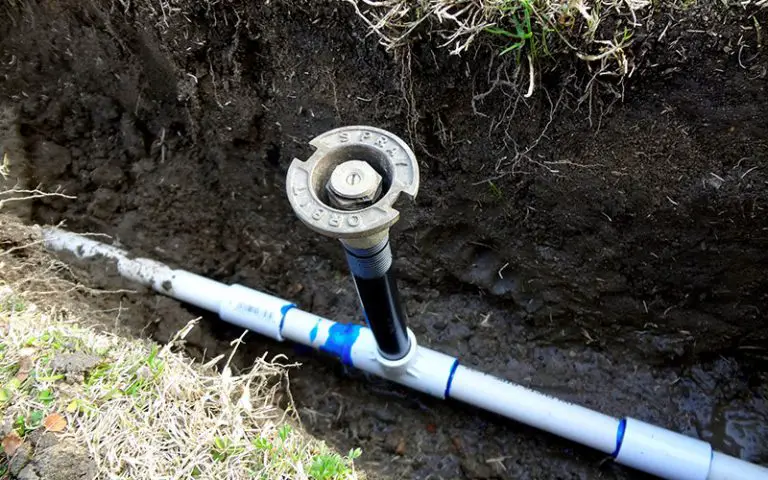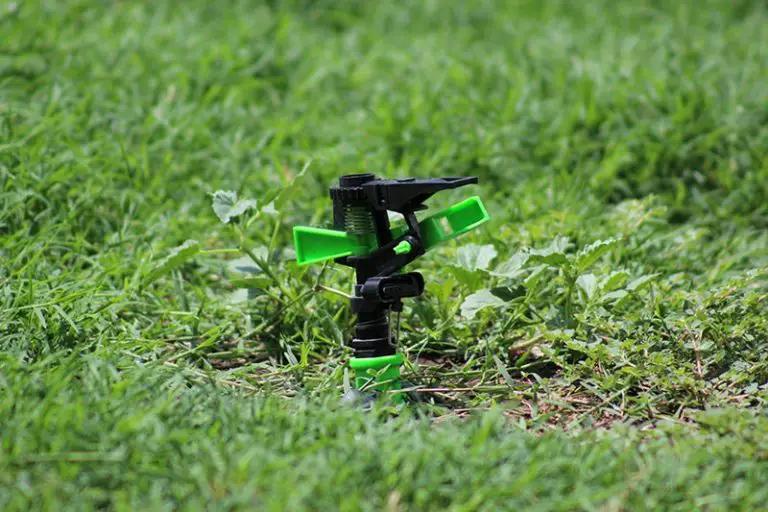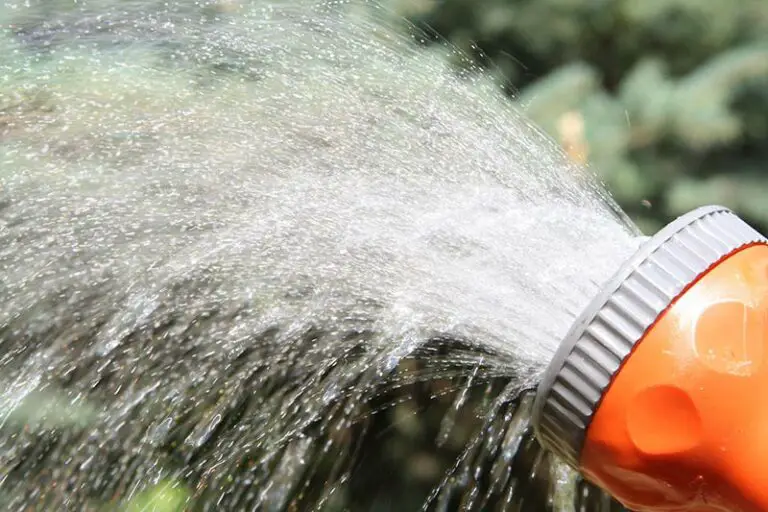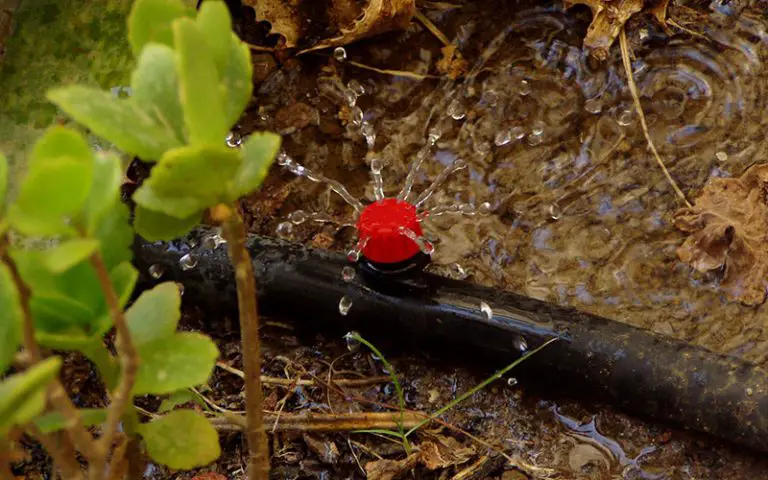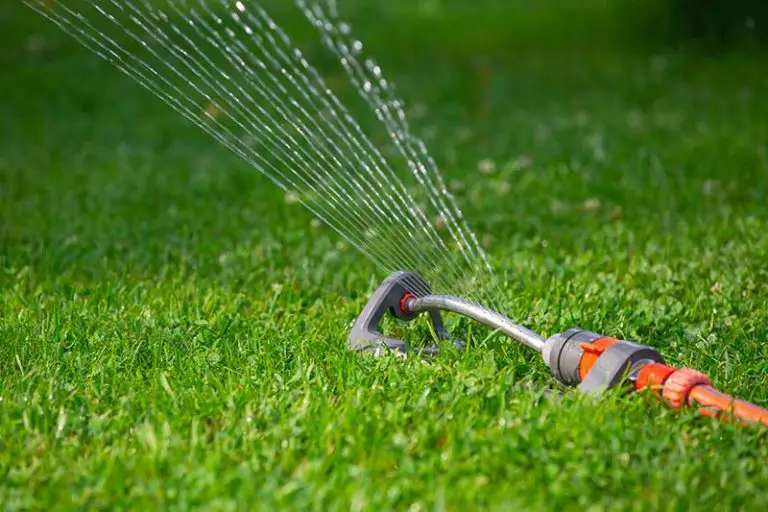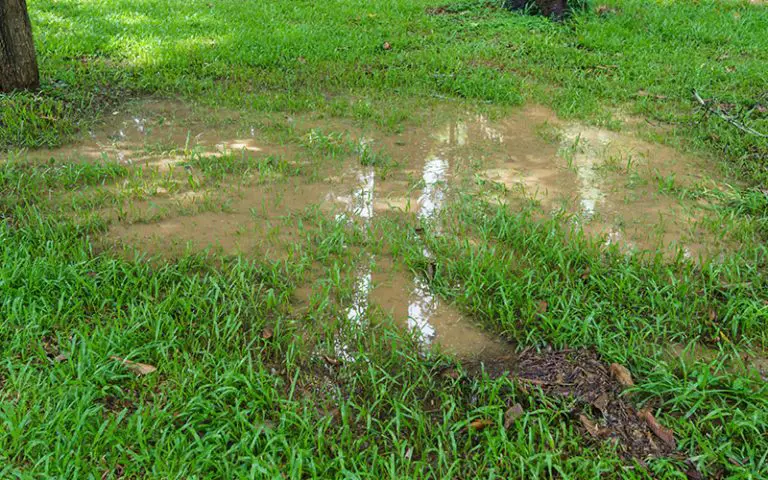How Many Sprinkler Heads Per Zone?
When installing an irrigation system, the last thing you want is to leave an area of lawn unwatered. This could lead to a patchy looking lawn. Knowing how many sprinkler heads are needed for each zone will help negate this worry and leave you with a healthy lawn.
The amount of sprinkler heads you’ll need per zone depends mostly on your water pressure. In order to figure out how many sprinkler heads you need, you’ll need to calculate your water pressure and your sprinkler’s ideal GPM.
For example, if your GPM was 10, and the pressure needed was 50 PSI to use 5.1 gallon per minute, then you would be left with 1.
What is a Zone?
The term zone refers to an area of your irrigation system. Your system will branch out into different zones to supply a steady and even water supply to your lawn. Irrigation systems can be different in shape and size depending on the property and the amount of water needed to supply it. In addition to this, water pressure can also determine how many sprinkler heads need to be installed in each zone, as water pressure can drastically change the functionality of your sprinklers. Zones are determined by the valves which control them, meaning that the amount of valves that control your irrigation system relates to how many zones you have within that system.
Knowing GPM
The gallons per minute, or GPM, of a sprinkler is important to consider when determining the amount of heads necessary in a zone. The GPM may be different depending on the type of sprinkler head or sprinkler system that is installed. Sprinkler heads usually have their GPM marked on them, but there are also ways to determine what your sprinkler head’s GPM is.
Measuring GPM
To measure your GPM, you need a bucket with capacity written on it, such as a five gallon bucket or jug. Along with this, you should also have a timer to keep track of how long the container takes to fill.
Measuring the GPM involves turning off all water inside the house and then filling up your bucket or container using an outside faucet or water source. Make sure to take note of how much time it takes for the container to fill.
The flow rate can also be assessed using this method. To find the flow rate, multiply the container’s size by 60, and then divide it by how many seconds it took for the container to be filled.
Knowing Water Pressure
The water pressure also plays a big part in determining how many sprinkler heads are needed per zone. Thankfully, it is a fairly easy process of finding out what your water pressure is, and all you need to be able to achieve this is to own a pressure gauge. Pressure gauges are fairly easy to use and obtain, and can find accurate readings of your water pressure, or PSI, in real time. In order to read your water pressure, attach the gauge to the spigot that is outside. As mentioned earlier, ensure that all indoor appliances that use water are shut off. Put the outside faucet on at full blast, and the pressure gauge will tell you your PSI.
A reading between 40-55 is usual for a home. If your sprinkler system doesn’t have enough water pressure flowing to it, there are ways to increase water pressure.
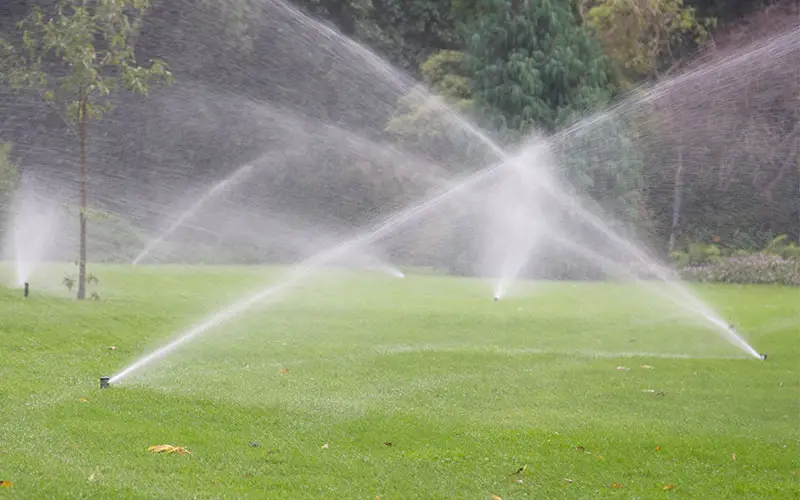
Figuring Out How Many Sprinkler Heads Per Zone
Once your GPM and PSI are measured, it’s easier to assess how many sprinkler heads you will need per zone.
Consider the Type and Reach of Sprinklers
Different types of sprinklers have their own pros and cons, including their reach and the distance they can maintain. Being sure to know what type of sprinkler head you want to use can help in deciding how many heads you’ll need and how much area will be getting watered by them.
How Many Heads
Using the knowledge of how much reach your chosen sprinkler heads will have, map out on your sprinkler system map where each sprinkler head should be located. Bear in mind that different aspects of the garden, including flower beds and bushes, will also need to be watered along with the lawn.
Flow Rate and GPM
The sprinkler heads you should use are ones that will work well using your home’s water pressure. The water flow rate in your home can be divided into GPM recommended by the manufacturer’s chart. Make sure that when you’re choosing the amount of sprinkler heads per zone to round down to ensure that the water flow is optimal.
For example, if your GPM was 12, and the water pressure needed was 50 PSI to use 5.1 gallons a minute, then you would be left with 2.3.
This would mean that, when rounding down, you would need 2 sprinkler heads per zone.
What Sprinkler Head Should I Use?
The type of sprinkler head you use should be determined by the shape and size of your lawn, along with the pressure needed to run it at optimal efficiency and its reach.
Most lawn irrigation systems use either pulse, rotary, impact or stationary sprinklers to do their job. Each type of sprinkler has its own pros and cons, but some are more commonly used than others.
Things to Look Out For
There are several things that can go wrong when installing an irrigation system, especially issues involving water supply and pressure. Regardless of how good your water pressure is, sometimes dips are unavoidable, especially if work is being carried out on the mainline externally, or whether water reserves are low.
Pipe Damage
Make sure your sprinkler system is properly winterized as it can lead to some nasty effects if water is allowed to freeze and expand within the pipes. A damaged pipe can lead to low water supply, along with pooling underground.
In addition to this, pipes can also be damaged by plant roots, or even just natural wear and tear. Knowing what to look for will help you diagnose the issue easily and can lead to a faster repair.
Sprinkler Heads
Sprinkler heads can also become damaged, whether that’s through exposure, being stepped on or kicked, or even after an encounter with a lawnmower. Sometimes sprinkler heads can also become clogged, preventing them from functioning correctly and leading to the illusion that there is low water pressure.
Too Many Heads
Having too many heads in one zone can lead to water spraying weakly from the heads. If you believe this could be an issue, removing one of the heads may remedy it. If your sprinklers each have different flow rates, it could also become a problem involving pressure.

